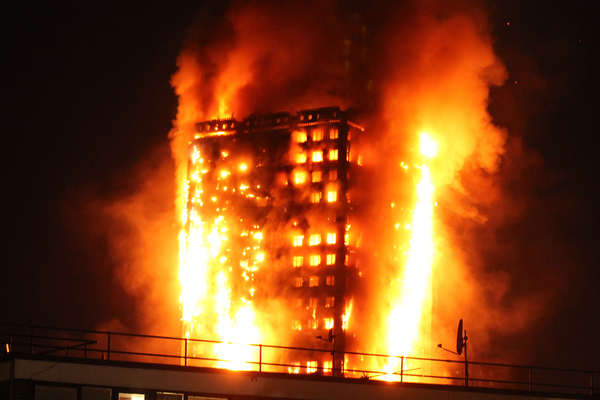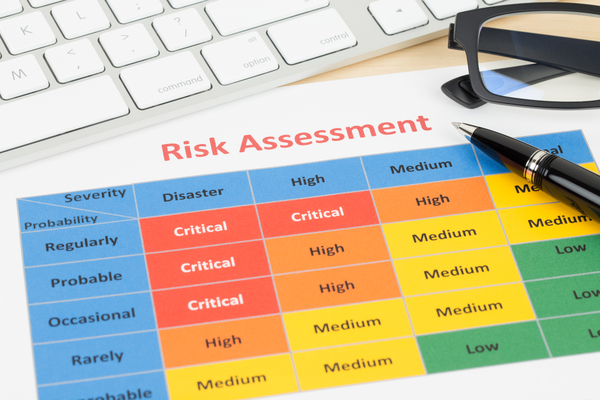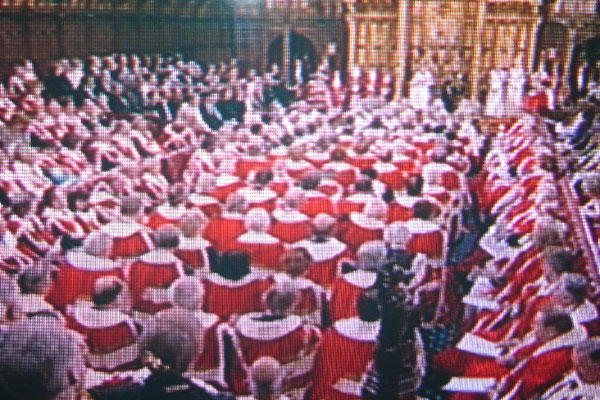You are viewing 1 of your 1 free articles
NIHE says its cladding is different to Grenfell’s
The cladding on tower blocks in Northern Ireland is not the same as that used for Grenfell Tower, the Northern Ireland Housing Executive (NIHE) has confirmed, despite the presence of polystyrene.
Last week, the NIHE said it was carrying out fire safety checks on Northern Ireland’s 32 high-rise residential buildings following the devastating fire in north Kensington, which left 79 dead or missing and presumed dead.
Cladding systems used on tower blocks have come under scrutiny since the tragedy, after flames appeared to spread rapidly across the panels on Grenfell Tower.
Yesterday, the NIHE said it had confirmed the systems are different after having received details about the cladding on Grenfell Tower from the Department for Communities and Local Government.
“We can categorically state that the two cladding systems in use in our tower blocks are not the same as that used in the Grenfell Tower block in London,” a spokesperson said.
Whincroft House and Carnet House tower blocks in east Belfast are currently being clad, while cladding was also used during previous refurbishments of Eithne House and Cuchulainn House in north Belfast.
The cladding being installed on Carnet House uses a Sto external wall insulation scheme, consisting of 120mm of polystyrene insulation covered with 9mm of reinforced plaster render, bonded directly to the wall.
Insurer RSA has previously raised substantial concerns over the use of polystyrene in external cladding.
It said: “Polystyrene is a thermoplastic material, which melts and ignites relatively easily, and can rapidly burn in between the metal facing sheets of a composite panel. This allows extensive and violent fire spread, and makes fire fighting almost impossible.”
It added that buildings with “polystyrene panels within the external wall claddings will be very vulnerable” to fires and “the presence of polystyrene panels is regarded as being a ‘significant finding’ for the purposes of statutory fire risk assessments, due to the potential for extremely rapid fire spread and the release of large volumes of toxic smoke”.
However, a NIHE spokesperson said: “The system described in the RSA statement is different to that currently being installed on the tower block in east Belfast.”
The other three towers use a rainscreen system made of PVC panels and rails with a Rockwool insulated core.
In line with building control and fire regulations, sprinklers are not installed in the NIHE’s tower blocks, but they are fitted with smoke detectors on every floor, as well as fire alarm systems and protected single staircases with fire doors.
UPDATE AT 9:39am 22.06.17: The story was re-ordered for clarity












